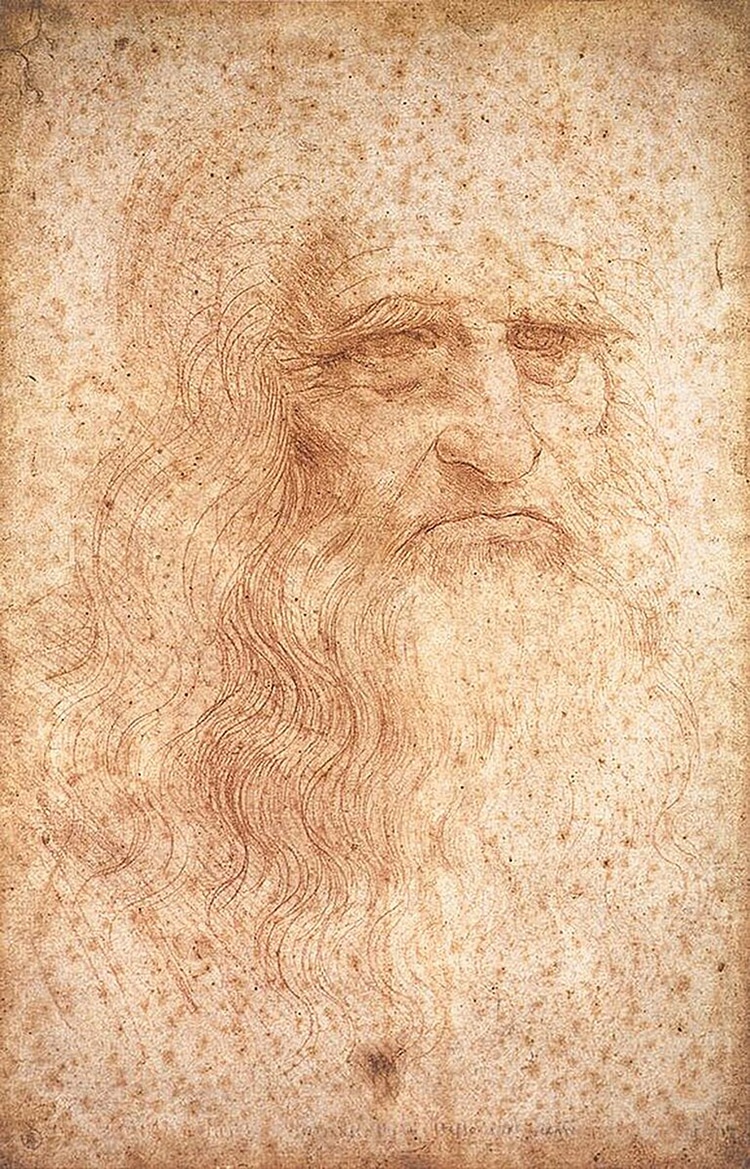
Thought to be a self-portrait of the artist, circa 1510. (Photo: Wikimedia Commons, Public Domain)
Experiencing the past through art is a common pastime. Millions of visitors flock to the world’s top museums each year, observing paintings and sculptures that embody the experiences of their creators across time. A painting or sculpture is a visual medium, and Leonardo da Vinci excelled in this area. The Renaissance genius‘s visual masterpieces have awed and inspired for generations. However, few know that da Vinci was also a connoisseur of smell. He researched and wrote perfume recipes, as highlighted in a recent exhibition, Leonardo da Vinci and the Perfumes of the Renaissance, at the Château du Clos Lucé in Amboise, France.
Da Vinci lived in a world heavy with perfume. Perfumes covered up body odors, warded off disease, and enhanced sacred spaces. Wealthy people carried their scents in elegant silver or gold pomanders. These small containers were then attached to clothing by a chain. They were often filled with strange perfumes, such as civet—a scent from the glands of a civet cat. Another unusual scent of the Renaissance was the precious ambergris. This whale byproduct washes up in waxy chunks on the shores of the ocean. Lavender, rose, and orange could also fill these delicate containers.
According to the exhibit, “Leonardo recorded perfume recipes using the techniques of enfleurage and the distillation of flowers or bark. He drew designs for stills. In the Codex Atlanticus, we find a sketch of an oiselet de chypre (‘Cyprus birdie’), an elaborate perfume burner fashionable during the Renaissance.” Enfleurage was a technique to collect scents using animal fat.
“Da Vinci was fascinated by all forms of life, including animals (he was a strict vegetarian) and plants, which he studied meticulously; not just to be able to draw and paint them, but also for their scents,” Dr. Caro Verbeek, a scent historian, told IFL Science. “He also owned equipment to extract perfumes. Being naturally curious and experimental, he must have started producing his own scents.”
While the exhibition has ended, it’s a fascinating reminder of da Vinci’s multi-faceted genius.
Leonardo da Vinci was a master painter, inventor, and all-around Renaissance man. Although it is one of his lesser-known talents, he also was knowledgeable about perfume.

An example of a 17th-century Italian pomander. (Photo: The Metropolitan Museum of Art, Public Domain)
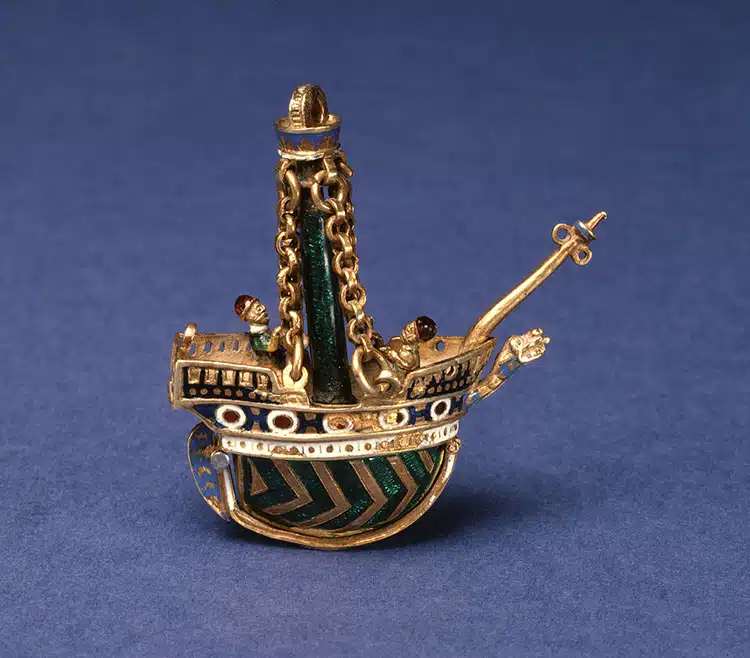
A 17th-century pomander crafted as a miniature ship. (Photo: Wikimedia Commons, Public Domain)
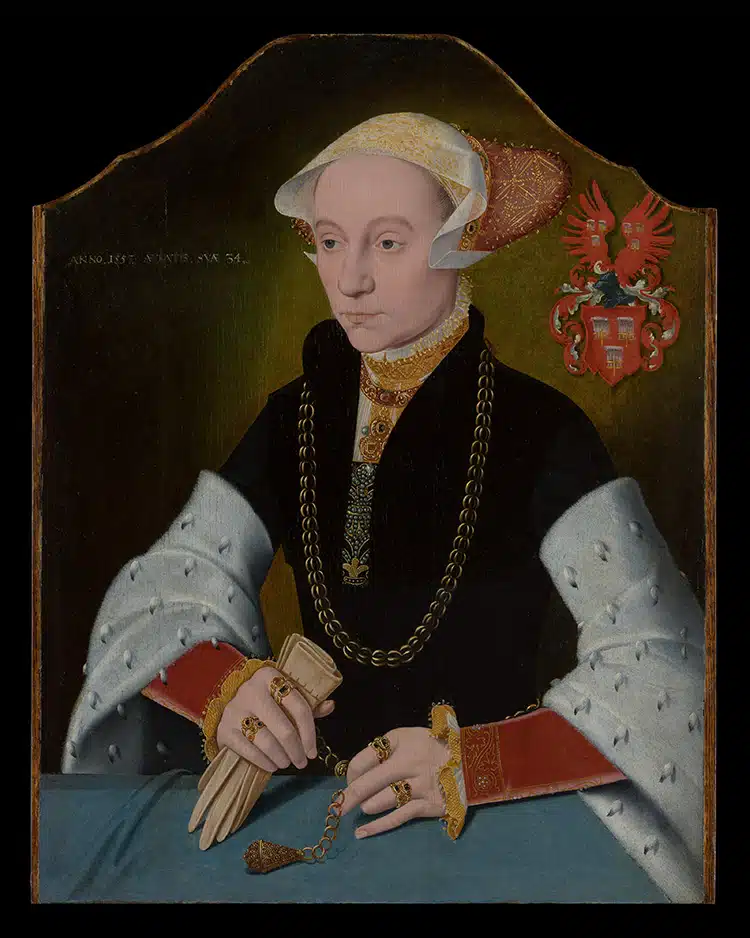
“Portrait of a Woman of the Slosgin Family of Cologne,” Barthel Bruyn the Younger, 1557. The sitter poses with a pomander. (Photo: The Metropolitan Museum of Art, Public Domain)
The Château du Clos Lucé in France, where da Vinci spent the last three years of his life, recently held an exhibition heralding the artist’s work with perfume.
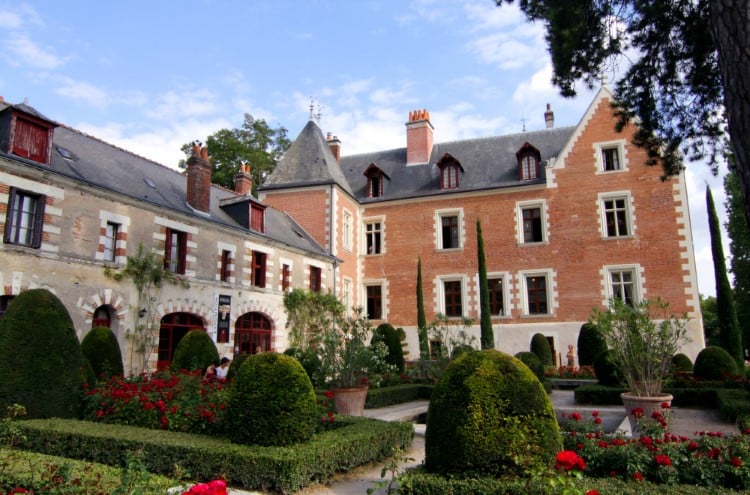
Photo: Ceridwen via Wikimedia Commons (CC BY-SA 3.0)
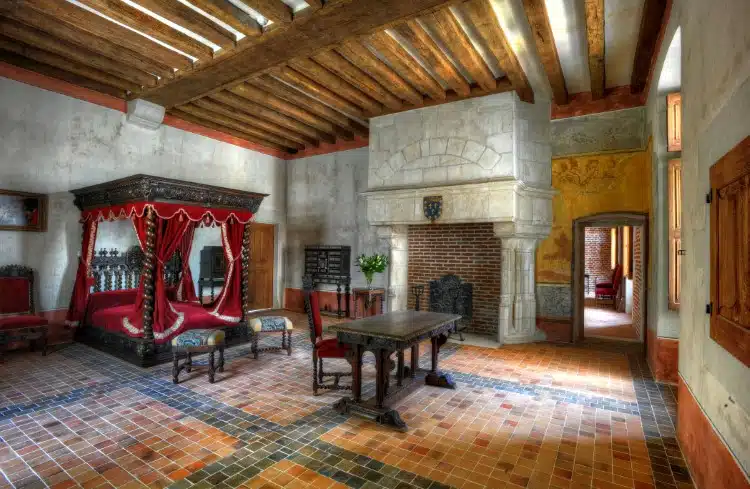
Leonardo da Vinci’s room at Château du Clos Lucé (Photo: Léonard de Serre via Wikimedia Commons, CC BY-SA 3.0)
h/t: [IFL Science]
Related Articles:
15th-Century Monk Crowdsourced Info to Create Shockingly Accurate World Map
Painting Seemingly by Rembrandt Discovered in Maine Attic Sells for $1.4 Million
Why Michelangelo’s ‘David’ Is an Icon of the Italian Renaissance
Listen to the Song Hieronymus Bosch Painted Onto a Man’s Butt in “The Garden of Earthly Delights”
